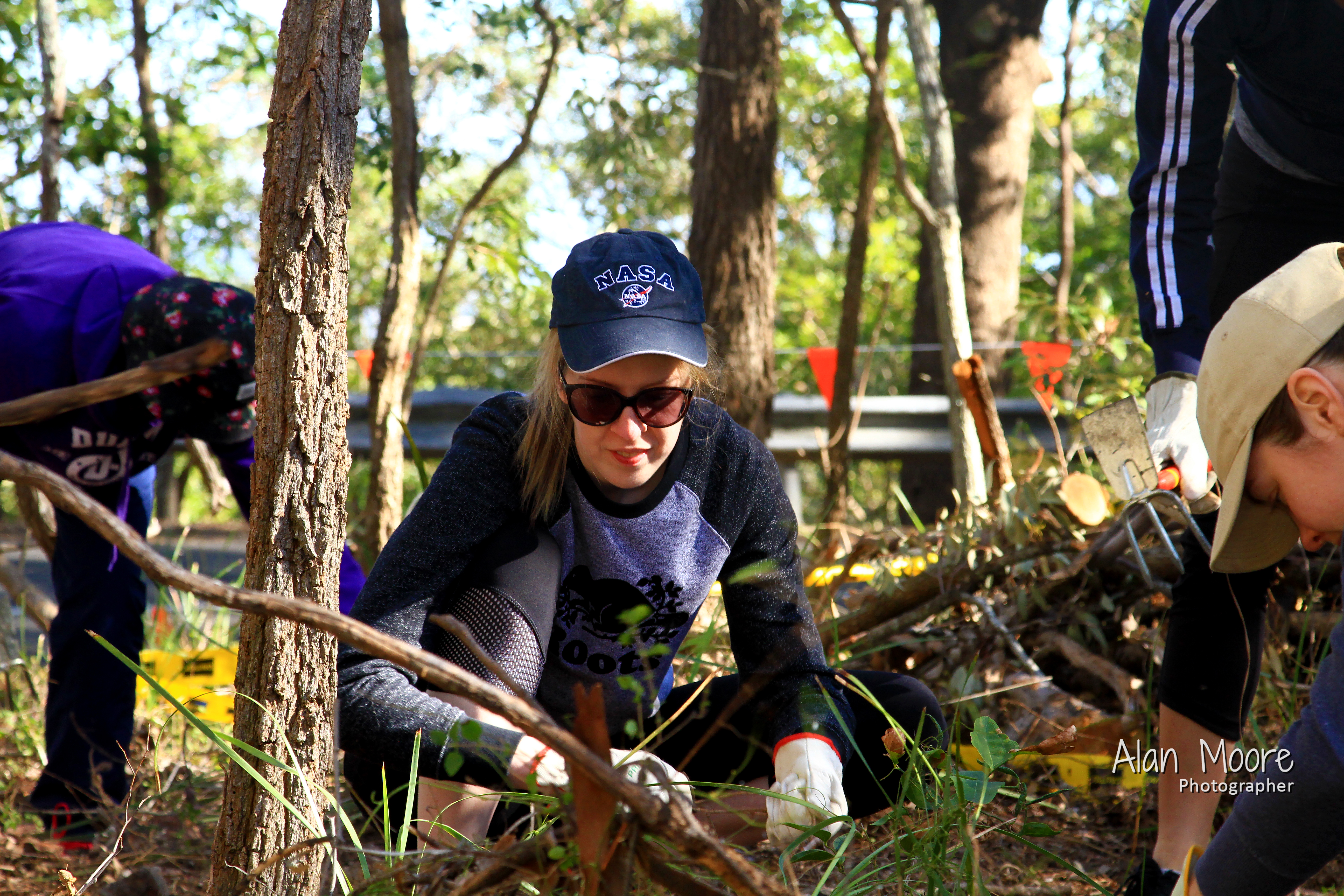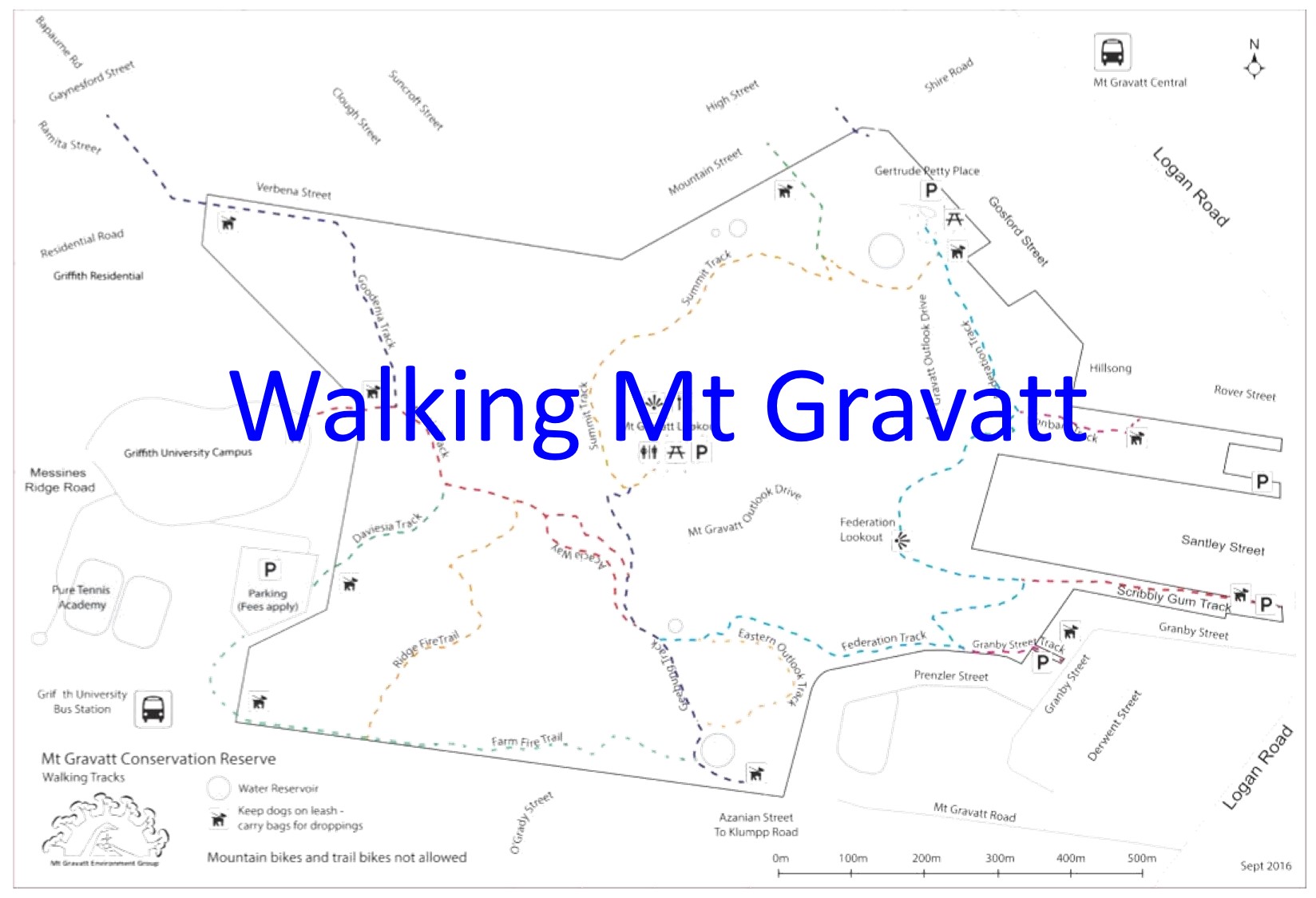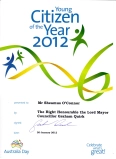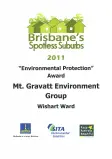By: Michael Fox
The Pollinator Link concept was well received at the BCC Habitat Brisbane Citywide Meeting this week. This was an important test of feasibility as the audience included experienced BCC Habitat Offices with university qualifications in environmental science, Robert “Bob the Beeman” Luttrel and bushcare members who know the
on-ground reality of restoring our urban bushland habitats.
Backyards, parks and even unit block balconies represent habitat opportunities for our native flora and fauna. Examples include Garden for Wildlife Alice Springs, The Wildlife Trusts in UK and the National Wildlife Federation Garden for Wildlife in USA.
The Pollinator Link concept takes this a step further to focus on linking patches of bushland habitat in our urban environment.
I developed the concept when I was struggling with the issue of creating a wildlife corridor linking Mt Gravatt Conservation Reserve with Bulimba Creek via Mt Gravatt Showgrounds. The on ground reality is that any effective link through the Showgrounds would hit a wall of houses and backyards. Being able to fly, our pollinators’ – birds, butterflies and bees plus moths, insects, flying foxes, micr0-bats, capacity to cross man-made barriers like roads and fences means they have potential to make an important contribution to ecological biodiversity. My inspiration for the Pollinator Link model came from the Pollinator Pathway in Seattle and the High Line in New York.
As I researched the concept and looked for examples of potential Pollinator Link locations I realised that in some areas like Wellers Hill where there are a number of isolated patches of bushland we could go beyond linking and actually consolidate habitat within urban spaces with a little a 10% of properties engaged. Pollinator Links have potential to create urban pollinator “patch-matrix-corridor mosaic”* habitat by interconnecting patches of bushland with wildlife friendly backyards. (* Habitat Fragmentation and Landscape Change Lindenmayer & Fischer (2006))
The Pollinator Link concept passed the feasibility test now we move to implementation stage:
- Launch – Pollinator Link workshop Mt Gravatt Library – 13 September
- Media – Linking backyard to bush – Southside Community News
- Pollinator Link online:
- Certified Pollinator Link Garden scheme – fundraising
- Online self-assessment – Food, Water & Breeding
- Purchase numbered Pollinator Link fence sign
- Database of potential Pollinator Link sites
- Research and best practice information
- Certified Pollinator Link Garden scheme – fundraising
- Pollinator Link brochure – BCC Environmental Grant
- 2013 Pollinator Link Week for Australia
How would you like to be involved?
- Identify sites to be linked.
- Join the 2013 Pollinator Link Week

































